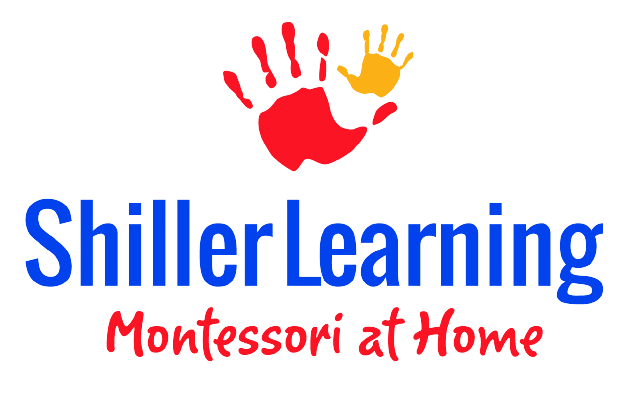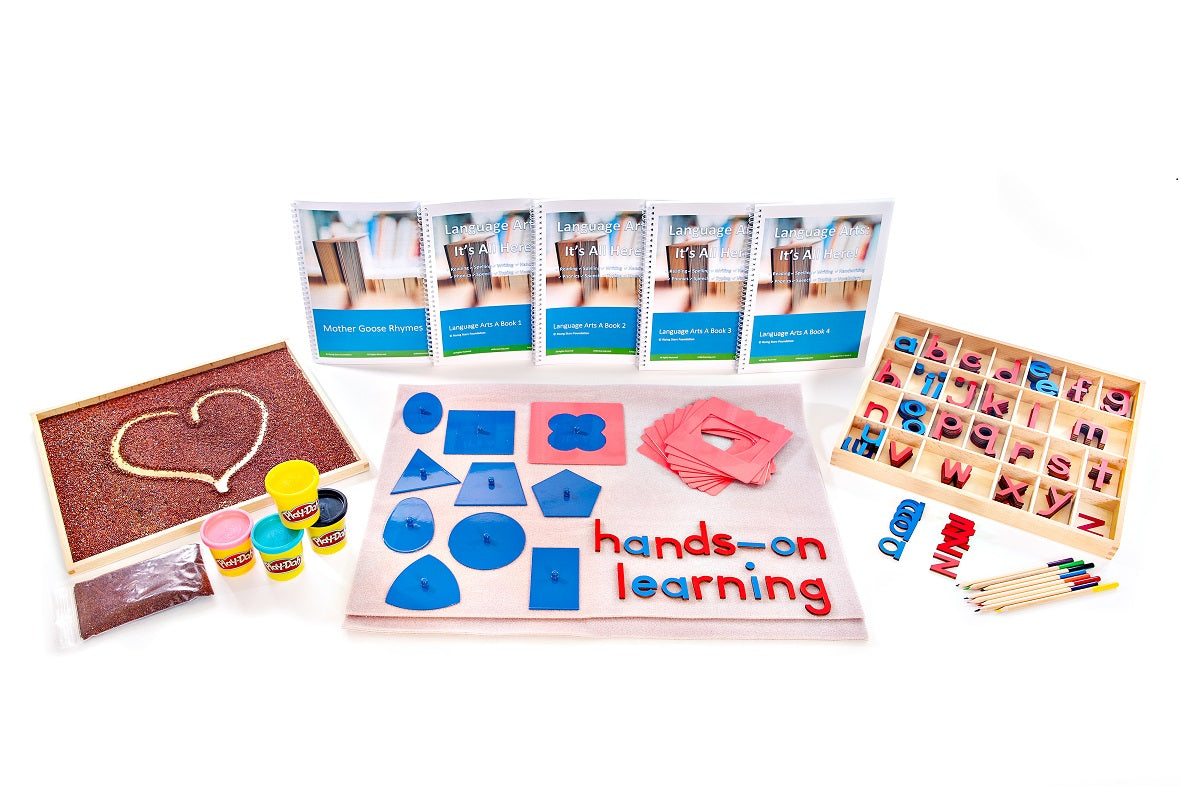Make Division Easy for Kids with Montessori Decimal Material
Division With Montessori Base 10 Decimal Material
When most of us think about learning division, we remember sitting in our lesson looking at a funny looking symbol and talking about ways to split apart pizza. Typically division isn’t introduced until the middle of elementary school. In a Montessori school, or Montessori homeschool, division concepts are presented as early as five-years-old. These concepts can be grasped from a young age with the help of Montessori golden beads, or the ShillerLearning decimal material.
Montessori Makes Math Concepts Easy to Grasp With Hands-On Learning
Math doesn’t have to be hard or intimidating for the homeschool parent to teach. Division especially seems to be something that parents worry about introducing. With the Montessori method, division can be presented in a non-threatening fun way which allows the child to thrive. By utilizing manipulatives and hands-on multisensory learning, we engage the child in many ways which help reinforce the concepts in a kid-friendly way. This approach is especially effective for learners with special needs.
The decimal material is our starting point for addition, subtraction, multiplication, and division. It is utilized in counting, sorting, balancing, and much more throughout preschool and elementary education. By utilizing something children are already familiar with, new concepts are less scary to learn. Decimal material provides a visual, tactile, and kinesthetic way to learn division. By engaging the auditory system through songs and listening to directions, division becomes a whole-body experience that sticks.
What is Montessori Decimal Material?
Traditionally in a Montessori school, you will find a golden bead set utilized for decimal material. While these sets are beautiful, they’re also large and quite costly. The ShillerLearning decimal material serves as a more cost effective option which take up less space as well.
These materials are kept in a wooden tray out on the shelf. There is 1 plastic 1,000 cube, as well as 16 cardboard 1,000 cubes, 27 hundred flats, 27 ten rods, and 100 unit cubes. These materials form the basis for grasping number size as well as serving as manipulatives for solving equations.
Check out what these materials look like on a homeschool shelf in this video:
Beginning Division With Young Students
The decimal material is introduced very early on. First, the unit cubes are introduced as children learn numbers 0-9, then ten rods, hundred flats, and thousand cubes are introduced in quantities 0-9 as well. Once students have a solid understanding of the individual components of place value, they work with mixed multi-digit numbers. Next, materials are combined to make larger numbers, first learning addition then subtraction. Children see that addition and subtraction are inverse operations. They then play the exchange game to learn exchanging 10 units for a ten rod, 10 tens for 1 hundred, and 10 hundreds for 1 thousand cube. Once a child has mastered the exchange game, he or she is ready to add and subtract multi-digit numbers with exchange (commonly called borrowing or carrying). When we get to multiplication and division, these materials are familiar to the student.
A student’s first introduction to division comes in building numbers with unit cubes.
Here is an example of how that first lesson might look:
-
The teacher or parent asks the student to make a number with unit cubes (let’s use eight as our example)
-
The student takes out eight unit cubes and places them in a row at the top of the work area
-
Next, the teacher, or parent, shows the student how to break the group of eight into two even groups of four
-
Groups of two are made next
-
Then, the eight cubes are separated into eight groups of one
-
Last we take out 32 unit cubes and demonstrate all the different groupings of eight that are possible
As you can see, this is a basic division made easy. This can be repeated with any number so long as it divides evenly.
Another great early division lesson begins in a similar way to building numbers. A 3 or 4 digit number can be created with the number cards. Typically, a number that can easily be divided by two is best to start with. The student will then build that number out of the decimal materials. Next, the parent or teacher says “now we will divide this number by two” and will demonstrate how to divide the materials into two even piles. Together the number representing each group will be determined and made out of number cards. If desired, the materials can be combined again and broken apart further as above.
Moving Away From The Decimal Material
Once a student feels comfortable and confident using the decimal materials for basic division as above, we move into more advanced skills. Students will use the decimal material to work on division with remainders, division with exchange, and will work through many division problems with the materials.
The ultimate goal in Montessori is for a student to move onto being able to solve equations without the materials at all.
The first transition away from decimal materials is division using number tiles only. The process is similar to the process of learning division with the decimal material. Typically around third grade, we begin to move away from using decimal materials, but students may use them as long as they need.






